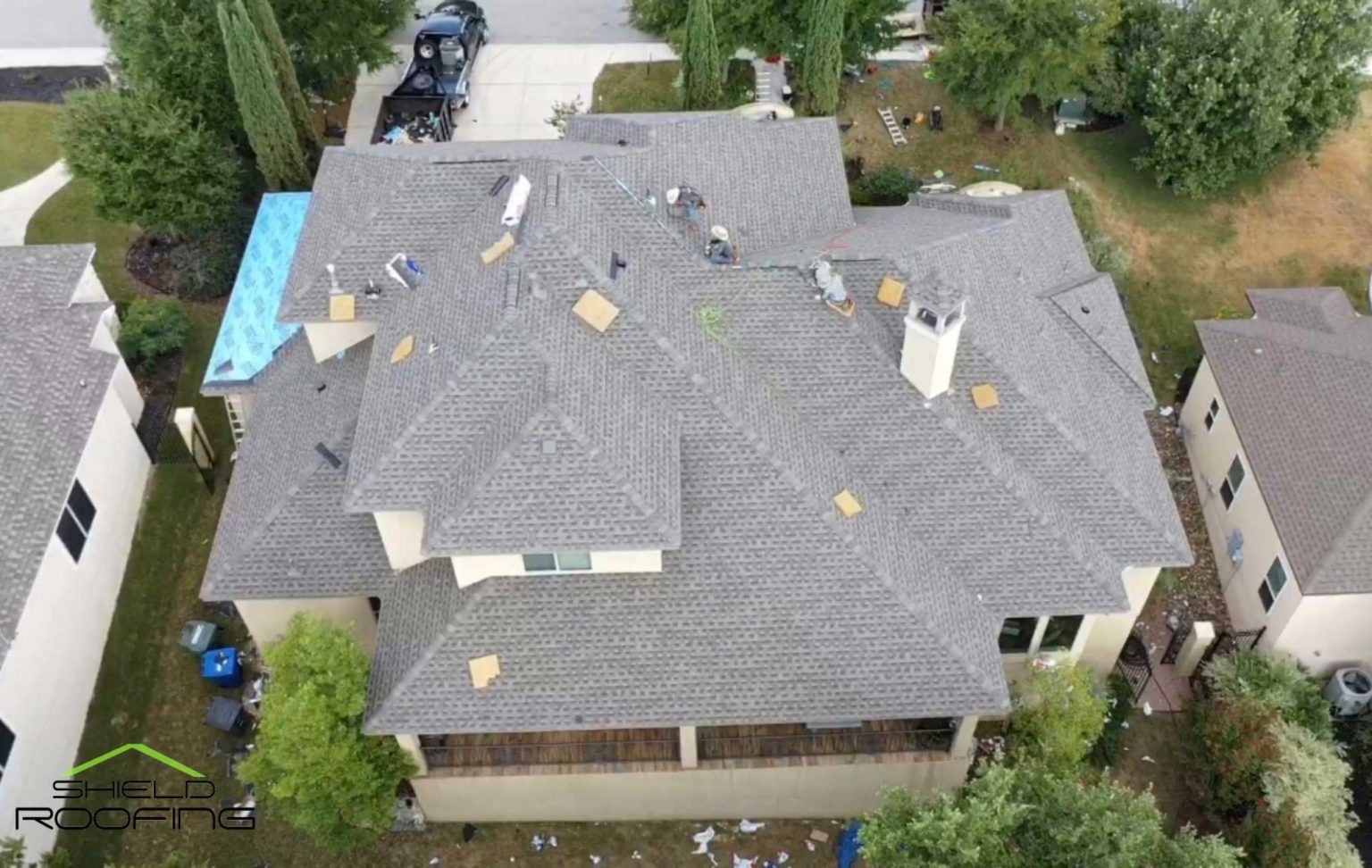Handling Emergency Roofing Issues During the Cold Season
It's winter time and the colder weather is coming to town. As the temperature drops and the wind starts blowing, you might be worried about your roofing becoming exposed and damaged by strong winds, snow, rain, and ice. If you are facing an emergency roofing issue during the cold season, here are some of the best solutions you can count on to solve your roofing emergency during this time of year.
Biggest Mistake
The biggest mistake that people make when it comes to handling emergency roofing issues is not getting their roof repaired right away. We are in a season where temperatures can drop quickly, so waiting too long to get your roof fixed could lead to much more extensive damage and even water seeping through your ceilings.
Signs of Needing Repairs
One of the most common signs that you may need emergency roof repairs is a leak. A leak can be caused by a variety of factors, including poor installation and damaged shingles. Another sign of needing San Antonio tx emergency roof repairs may be when your gutters overflow with water or you see water pooling on top of your roof. Other signs include dents or cracks in your ceiling, moldy walls, and standing water around your home.
Caution Against Frost Build-Up
Frost build-up is a common issue in cold winter months. The frost can accumulate on your roof and then thaw, causing leaks. To avoid this, check your gutters regularly to remove any excess leaves or ice that may have accumulated there. This will allow water to flow freely, preventing buildup on your roof.
If you do notice frost buildup, don't panic! The first thing you should do is call a qualified Helotes roofing contractor for help.
To avoid frost build-up on your roof, always use an anti-freeze or heat tape. These products warm up your gutters before freezing occurs and stops ice from forming in them.
Don’t Neglect Smaller Details
You might not think about it, but winter can be a big time for roof issues. Many potential problems can arise during this time of year. One of these is ice dams. These occur when water freezes against your roof. This in turn causes water to back up and spill over onto your roof and on top of your gutters. If left unchecked, the weight of the snow will eventually cause them to break and gutter. They will then be unable to drain properly which can lead to serious damage from flooding.
A broken gutter could also start damaging your exterior walls as well if you don't take care of it quickly. The best way to avoid ice dams is by getting an inspection done by a professional before it gets too cold outside.
Get it Fixed as Soon as Possible!
In these cold winter months, you may find yourself facing one or more emergency roofing issues. The best way to approach this is by being proactive and getting it fixed as soon as possible. These are some of the most common emergencies you might come across during winter:
- Ice dams form when water freezes on your roof and backs up under your shingles. This can cause serious damage to your roof, ceiling, insulation, and even piping inside your house. To fix this problem, call a professional for assistance. Another suggestion would be to cover your gutters to catch any snow that could potentially create an ice dam.
- Your gutters may have frozen and become clogged with snow. You can check if this is the case by removing them from the top of the house and shaking them out.
Winterizing Your Home
Winter is almost over, but before you start breaking out your lawn chairs and sunscreen, it's important to make sure your house is winterized. Here are some tips for getting your home ready for spring:
- Seal off any gaps or cracks in windows or doors with caulk. This will help keep drafts from coming in during the winter.
- Check all of your smoke detectors and carbon monoxide detectors to make sure they're working and replace batteries if needed.
- Make sure that there aren't any leaks by checking your faucets, pipes, and drains every day.
- Shut off the water supply valves near exterior walls so that pipes don't freeze in case of a burst pipe.
- Clear out gutters so that ice doesn't accumulate on them which could lead to them collapsing under heavy snowfall.
- Clean up leaves and other debris around exterior walls where snow may accumulate leading to ice dams.

